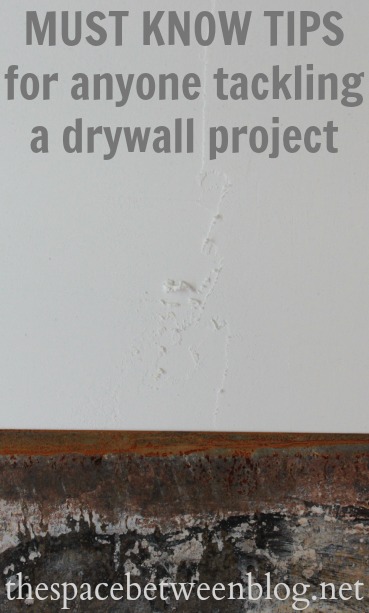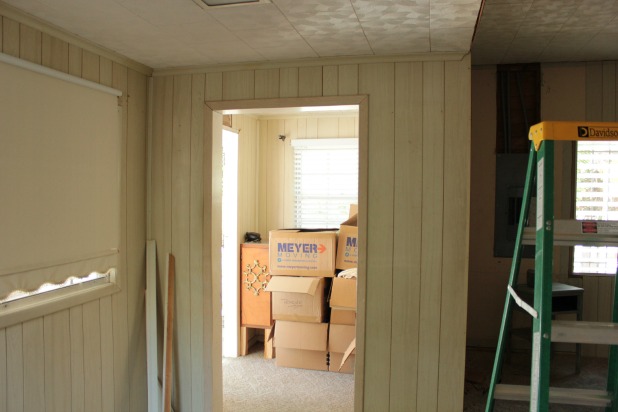I’m pretty sure Joel thinks I’m a wing nut.
I mean, all of our windows in our living and dining room need trim. I need to repair the wood slats above the door so I can finish up the baseboards. And I haven’t even bothered to install a doorknob on our new French door yet. [Read more…]
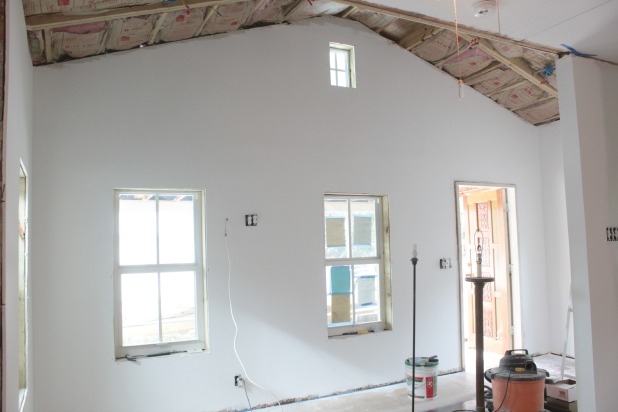



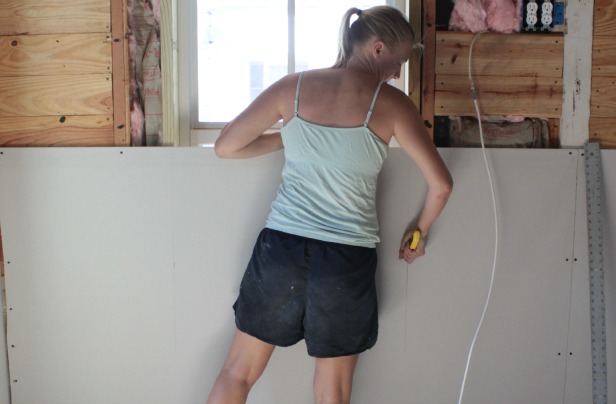
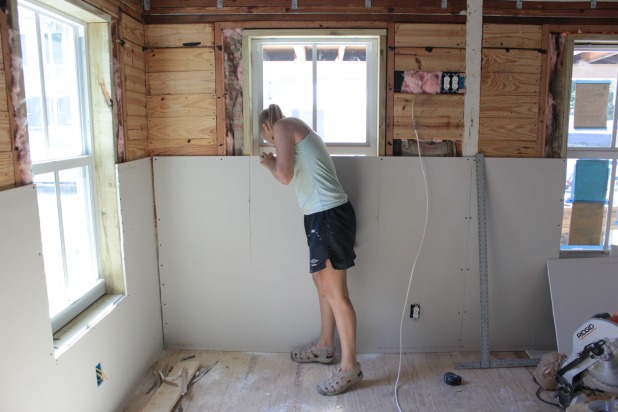
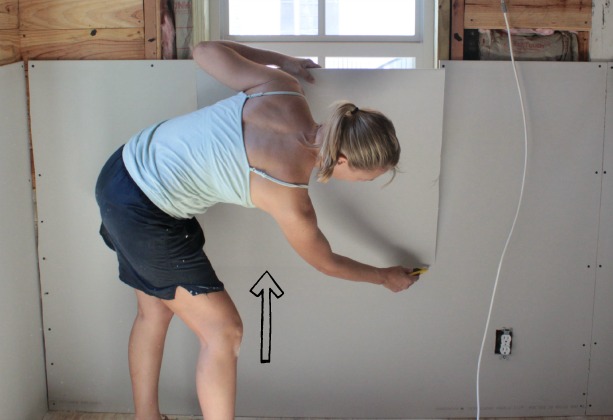
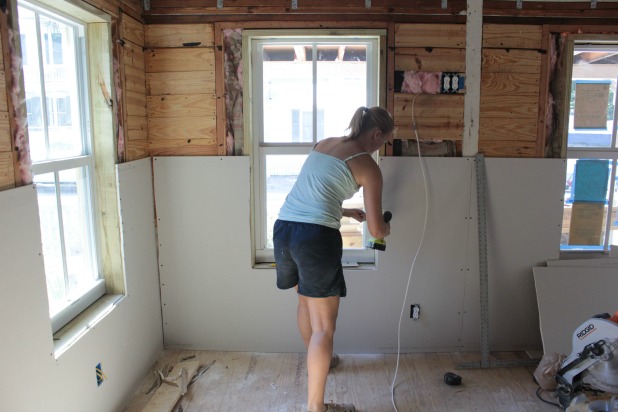
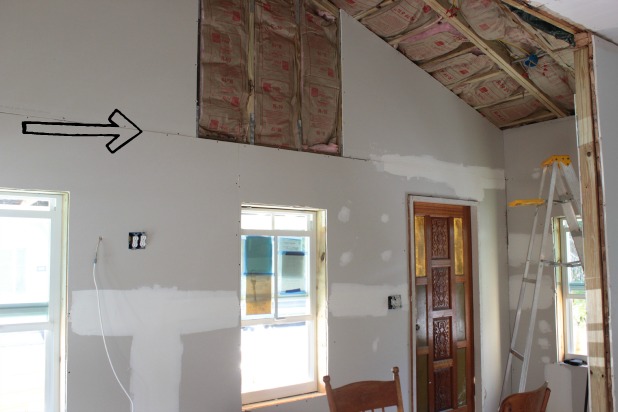
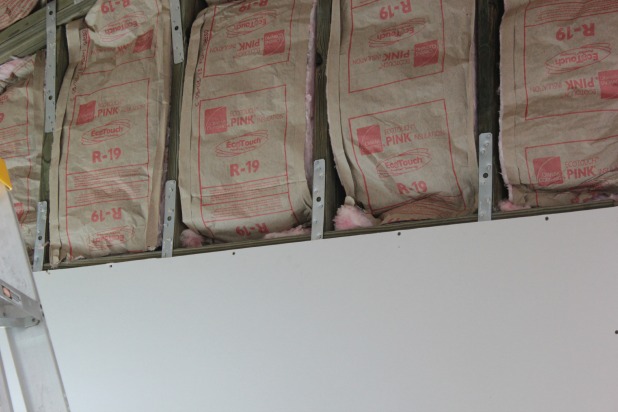
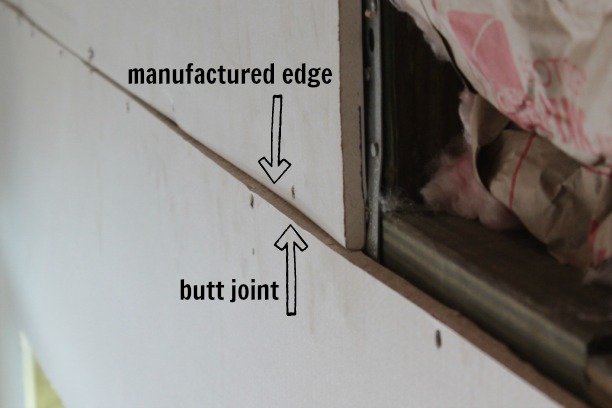

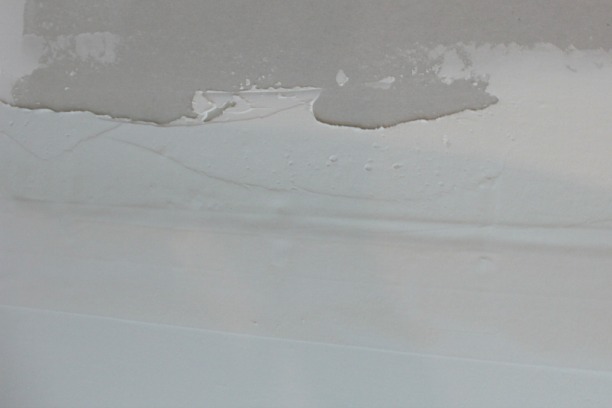

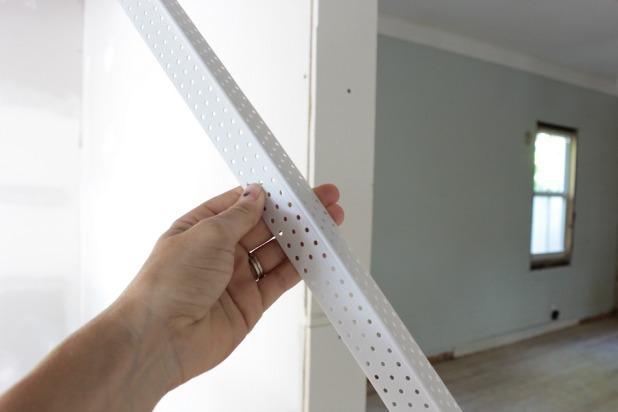
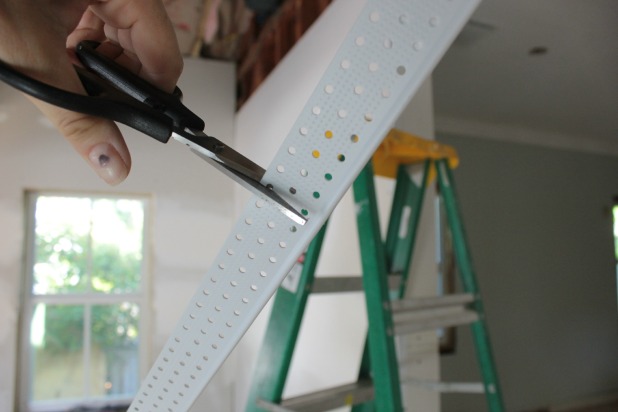

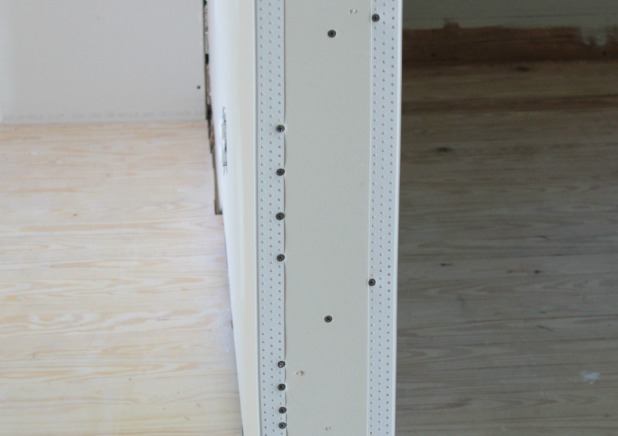
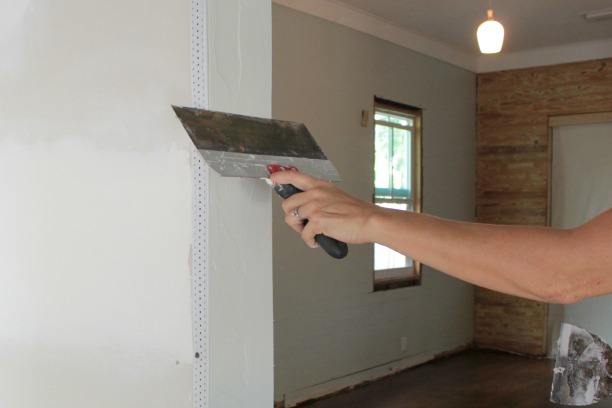
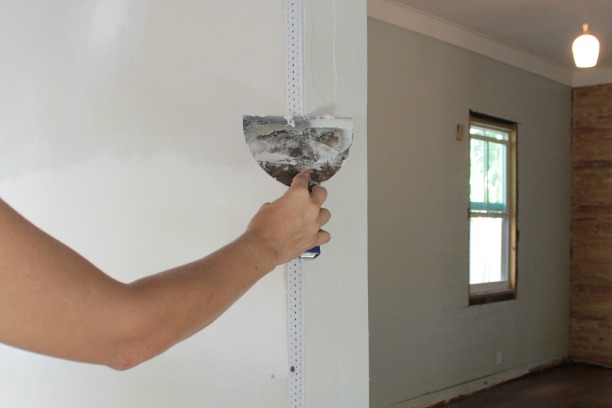
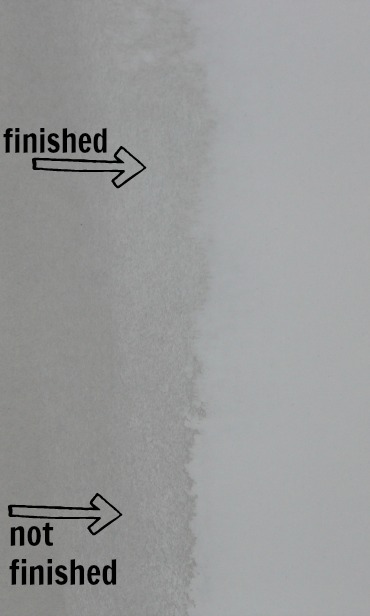 So, um, yeah. Probably more than you ever cared to know about drywall but I really am proof that anyone can do it. Over multiple years of trial and error I’ve found a process that consistently works for me … even if Joel doesn’t think it’s efficient.
So, um, yeah. Probably more than you ever cared to know about drywall but I really am proof that anyone can do it. Over multiple years of trial and error I’ve found a process that consistently works for me … even if Joel doesn’t think it’s efficient.